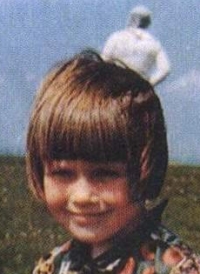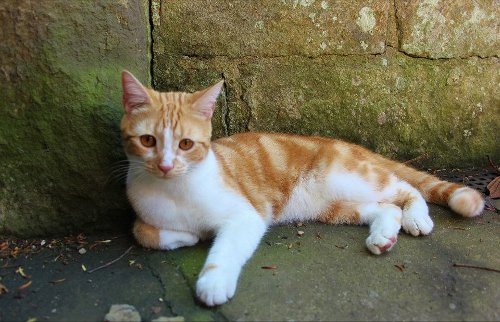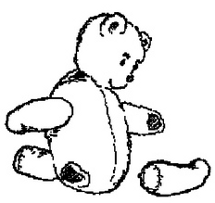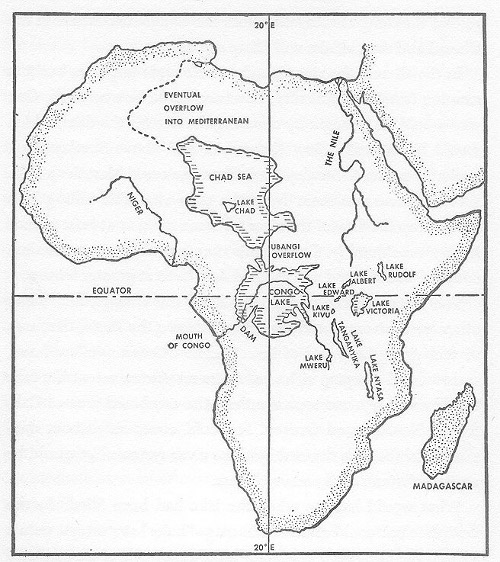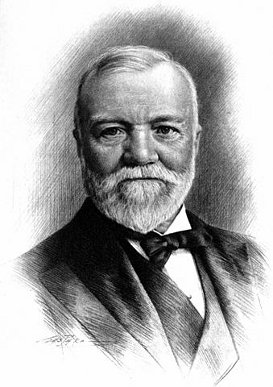Since demolishing 78 traffic signals and installing 80 roundabouts, the northern Indiana city of Carmel has reduced the number of accidents by 40 percent and the number of accidents with injuries by 78 percent.
“It’s nearly impossible to have a head-on or T-bone collision when using the roadways, and collisions that do happen tend to occur at much lower speeds,” noted Governing magazine. “Other benefits of roundabouts include reduced fuel consumption, due to a lack of idling, and a construction cost that is at least $150,000 less than installing traffic lights.”
“We have more than any other city in the U.S.,” says mayor James Brainard. “It’s a trend now in the United States. There are more and more roundabouts being built every day because of the expense saved and, more importantly, the safety.”

